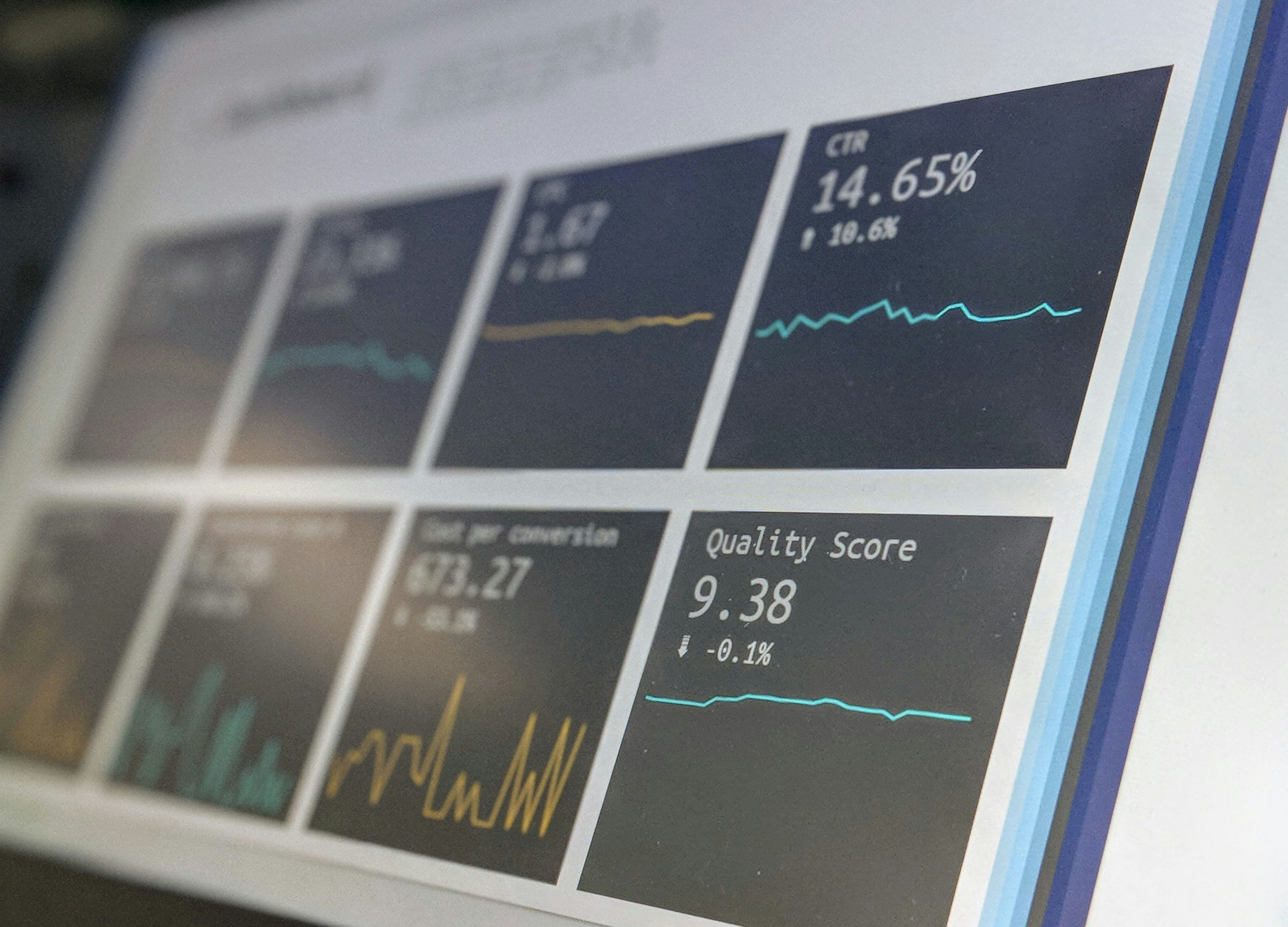Why the latest Google update is the most important one yet
Sorry for the hyperbole, but Google is about to come good on their November 2020 announcement regarding big changes to their algorithm. We’ve lived through and survived many Google algorithms and, while they’ve all played their important part in creating the system that exists today, the measurable outcomes of the changes are fairly slow going. By the time they make a marked difference, we’ve organically adjusted our sails to suit the changing behaviours of users. Or, at least we should be doing that. Google’s changes are more a reminder of, and nudge toward, what we should already be aiming for: the best user experience we can provide.
While the latest change, penned the Google Page Experience, is essentially the same, the core of it isn’t just a bit of nudge in the right direction, but more a hollering from the digital cliff top: PUT THE USER FIRST.
With that, it’s leaving little wriggle room for lazy and pointless antics (lookin’ at you, keyword stuffing and content for content’s sake) that miss the point of Google having an algorithm. They are a business just like the rest of us, and their vetting process is where consumer trust hinges. They’re not going to let that slide. Hence, this new change is demanding a higher bar for user experience than ever before.
Here’s the breakdown of what Google is going to be prioritising far above any other metric, starting this month.
Loading time (aka Loading Contentful Paint aka LCP)
This has always been important to Google. However, with the reign of content over the last few years, websites are more populated. If you’re not improving your site’s load time to scale, your content creation could be less effective than the energy you’re putting into it. The stated ideal LCP measurement is 2.5 seconds or faster for a page’s main content load.
While, yes, Google is counting, once again it’s better to look at this from a user’s perspective. Every time they engage with your site, you’re asking for a piece of their time. Their time is valuable to them, and the only way it’s worth it is if it’s replenished with valuable content. The antithesis of valuable content is no content (stunted in a load time black hole). Giving your customers what they need in a timely fashion is not just a good digital user experience, it’s been a positive experience measurement for consumers for ions. So, do that.
Interactivity (aka First Input Delay aka FID)
This is again a timely issue. FID is the time it takes your page to be interactive - that is, how quickly your site responds after a user initiates an interaction such as clicking a button or link. We refer back to the valuable time of your user here. They’ve interacted with you because they want more of what you potentially have for them. If there’s friction to that process, they’ll go elsewhere. And, so will Google.
An ideal timeframe is sub 100 ms from their action to yours.
Visual Stability (aka Cumulative Layout Shift aka CLS)
This is the shifting of elements on your site during the page load. Culprits tend to be images, fonts, video content and CTA buttons. You want and need your site pages to load with more ease at a quicker rate for a smoother navigation experience. An ideal measure is sub 0.1.
Secondary to these (or, rather, the byproduct of what should happen if you nail the above)...
Mobile Friendly
Your site MUST be mobile responsive to ensure a positive UX for, on average, half of all Google search users. While applying your website to the above algorithmic-friendly (strong) suggestions, you should be default applying them to your mobile design.
Safe Browsing (https)
An SSL certificate, “Secure Sockets Layer” is the technology that encrypts the link between a browser and a web server, it protects the website from hackers, and also makes sure that all the data that gets passed between a browser and a web server remains private.
In Google Chrome, a normal website comes with a locked key in the URL bar, but sites without SSL certificates, on the other hand, have the tag “Not Secure”. This applies to any website that has any form.
According to research carried out by Hubspot, 82% of those that responded to a consumer survey stated that they would leave a website that is not secure. And since Google chrome already holds about 67% out of the whole market share, that is a lot of traffic to lose.
Once you get your SSL certificate installed successfully on a web server and configured, Google Chrome will show a green light. It will then act as a padlock by providing a secure connection between the browser and the web server. For you, what this means is that even if a hacker is able to intercept your data, it will be impossible for them to decrypt it.
Security may have a minor direct effect on your website ranking, but it affects your website in so many indirect ways. It may mean paying a little price, but in the end, the effort is worth it.
No intrusive interstitials (pop ups)
Pop ups are annoying, we all know it. The thing is, they’re also a bit handy for businesses who want to collect the much needed information of potential customers, to share promotions and sometimes to use as an ad space. Which is… not the best way to handle things. Especially the latter two. We’ve all experienced the newsletter subscription form on a website, which isn’t always terrible. For e-commerce, as an example, you can encourage a sale by also offering a (decent and valuable) discount code in return for interrupting their experience and giving you valuable information. Outside of that, it’s all just pretty irritating for the user.
Going back to mobile-friendliness, these pop ups often don’t scale accurately and X’ing out is a frustrating pursuit if it sits off-screen. Or, worse, you’re throwing a promotion up in their face with horror movie veracity. There are softer, more effective ways to share your promotions - like inbound strategies, social platforms or a neat ticker on your website.
While we’re always on top of the Google algorithm change, aiming to know it is a redundant practice if you aren’t absorbing the core driver: Focus on positive user experience in every design, development and content decision make on your website.
By doing this, your chances of appeasing Google’s preference selection criteria are considerably and consistently higher.
Photo by Nathana Rebouças on Unsplash




